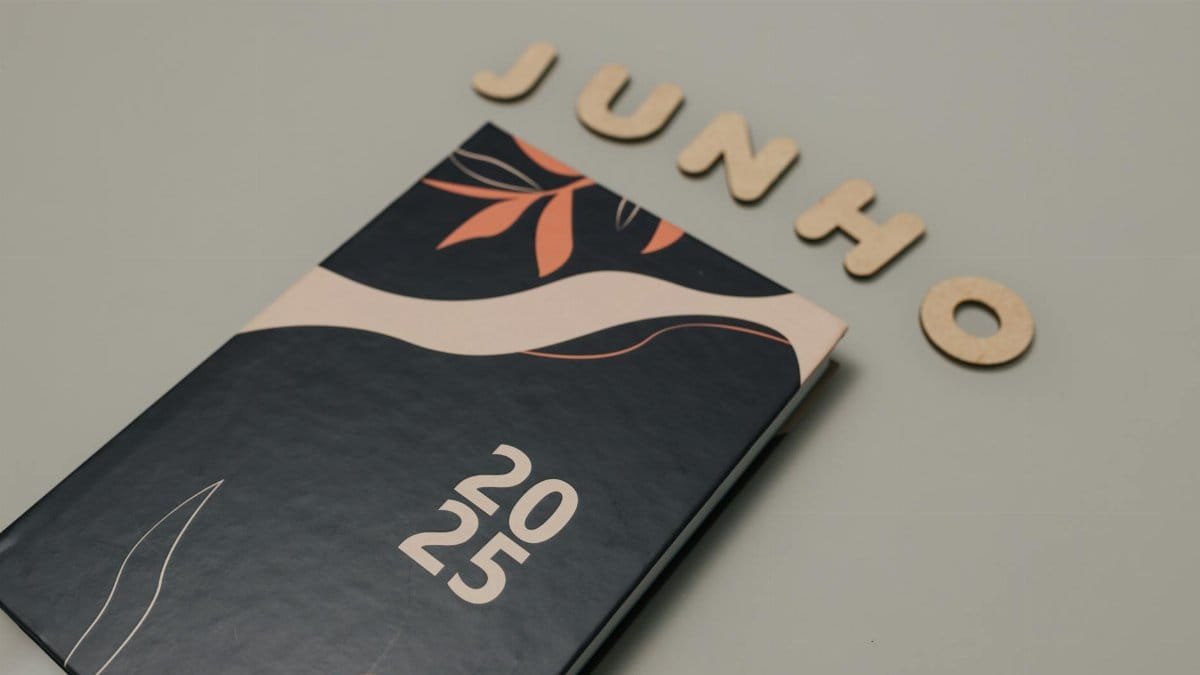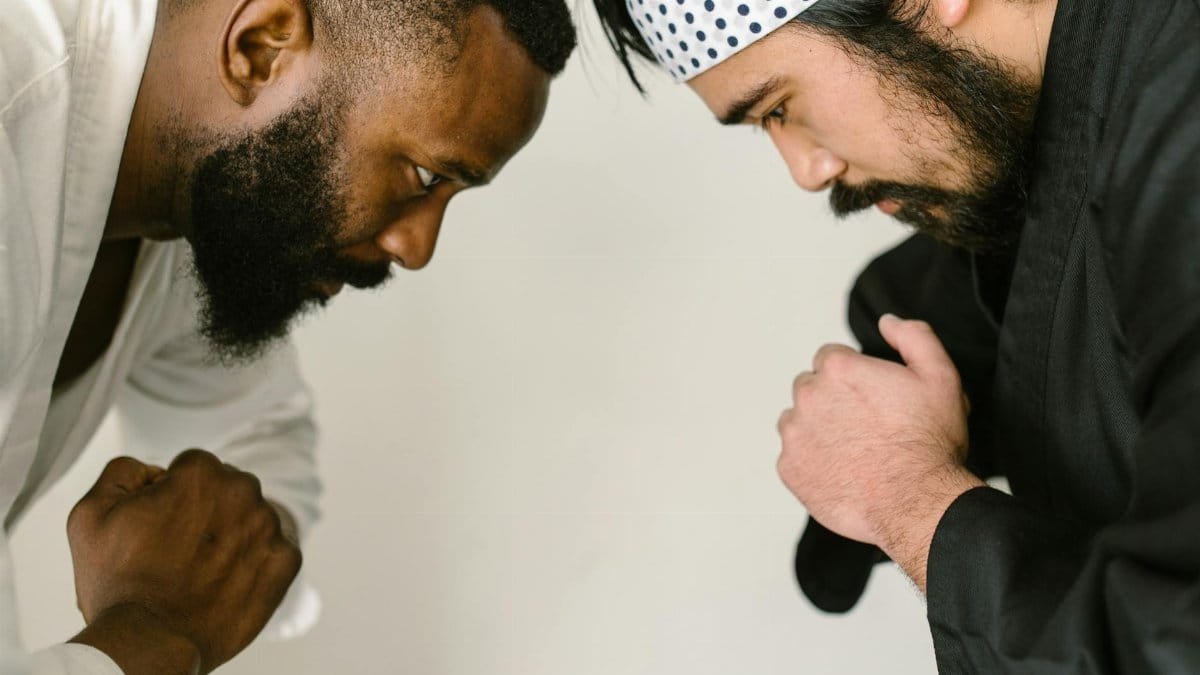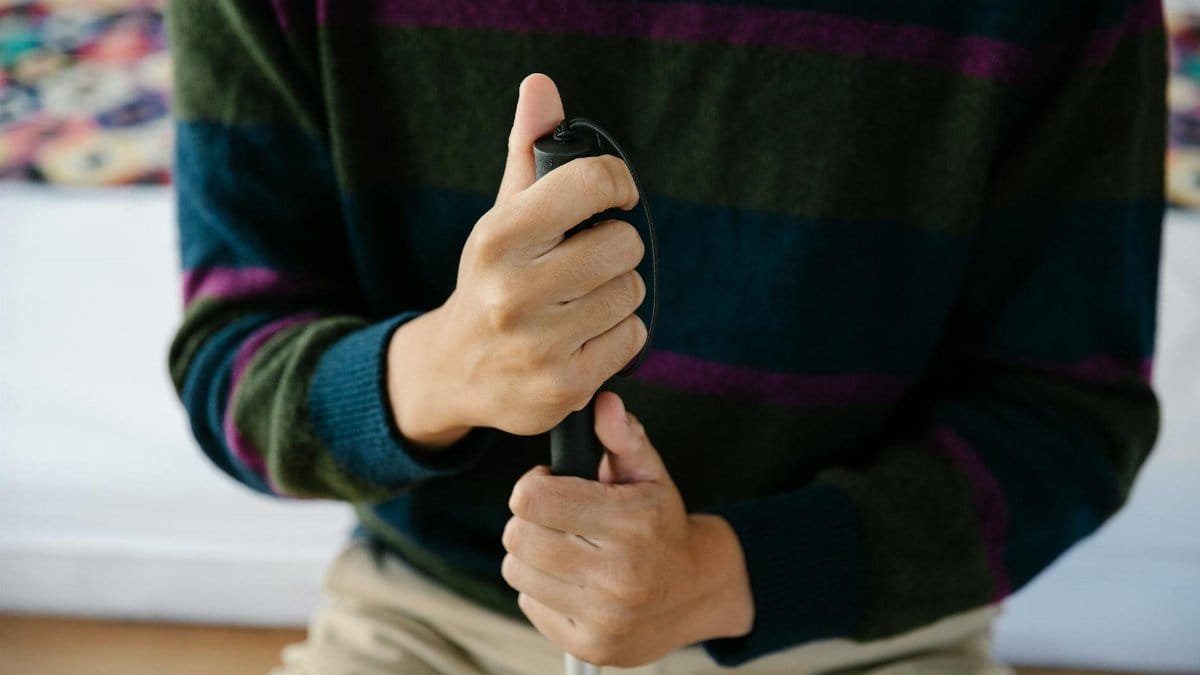Sunlight filtered through the tall pines as a small group gathered in a North Carolina clearing last fall, forming a circle around a simple stone arrangement. At the center lay a representation of the Cherokee Medicine Wheel, a sacred symbol of balance and connection to the natural world. For those present, it wasn’t just a cultural artifact but a tangible guide, a way to navigate life’s relentless pace. In a time when stress and disconnection seem to define daily existence, this ancient framework—rooted in Cherokee tradition—offers something quietly profound. The Cherokee Medicine Wheel, often depicted as a circle divided into four quadrants, represents cardinal directions, seasons, and aspects of human experience. It’s not a quick fix but a lens for understanding oneself within a larger whole. As more Americans seek grounding in turbulent times, could this enduring symbol hold answers worth exploring?
The Roots of the Cherokee Medicine Wheel

The Cherokee Medicine Wheel, sometimes called the Sacred Hoop, traces its origins to Indigenous traditions across North America, with specific meanings within Cherokee culture. It embodies a holistic worldview, tying together the physical, emotional, mental, and spiritual dimensions of life. Each quadrant of the wheel aligns with a direction—East for new beginnings, South for growth, West for introspection, and North for wisdom—often paired with corresponding colors, animals, and seasons. This structure isn’t merely decorative; it’s a map for living in harmony with nature and oneself.
Historically, the wheel served as a teaching tool, passed down through generations to instill values of balance. According to cultural resources from the Eastern Band of Cherokee Indians, such symbols were integral to community rituals and personal reflection. Today, while some details of traditional practices remain protected within Cherokee communities, broader interpretations have emerged, often adapted for personal growth outside Indigenous contexts. This evolution sparks both appreciation and debate, as cultural sensitivity remains paramount.
Why Balance Feels Elusive in 2025

Life in 2025 moves at a breakneck pace. Between economic pressures, digital overload, and lingering social divides, many Americans report feeling unmoored. A recent survey by the American Psychological Association found that stress levels remain high, with 76% of adults citing personal health or finances as major concerns. ( American Psychological Association ) The constant buzz of notifications and demands leaves little room for reflection. It’s no surprise, then, that interest in ancient practices for centering oneself has surged.
One woman, speaking anonymously in a community workshop, described her struggle vividly: “I’m always running, but I don’t know where I’m going.” Her words echo a common sentiment—directionless momentum. The Cherokee Medicine Wheel, with its emphasis on cyclical balance, offers a counterpoint to this chaos. It invites a pause, a chance to realign priorities across life’s domains. But can a framework so rooted in tradition translate to modern dilemmas?
Breaking Down the Four Directions

At its core, the Cherokee Medicine Wheel is a circle split into four parts, each tied to a cardinal direction and a facet of existence. Start with the East, often linked to spring and the element of air. It represents new beginnings, clarity, and vision—think of it as the spark of inspiration. Then move to the South, associated with summer and fire, symbolizing passion, growth, and emotional warmth. These two directions focus on outward energy, the drive to create and connect.
Shift to the West, tied to autumn and water, where the focus turns inward. This quadrant stands for introspection, healing, and letting go—a space for processing grief or change. Finally, the North, aligned with winter and earth, embodies wisdom, rest, and spiritual grounding. It’s the place of elders, of deep knowing. Together, these directions form a cycle, reminding us that no single state lasts forever. Resources from the National Museum of the American Indian provide further context on how such symbols guide personal and communal harmony. ( National Museum of the American Indian )
Applying the Wheel to Daily Life

How does an ancient symbol fit into a world of spreadsheets and smartphones? It starts with intention. Consider a busy parent juggling work and family in a bustling city. Using the Cherokee Medicine Wheel, they might reflect on the East by setting a clear goal for the day—perhaps a moment of focus before the chaos begins. By midday, the South could inspire a burst of energy, maybe a quick walk to recharge emotionally. Come evening, the West offers space to release stress, journaling about what felt heavy. Finally, the North might mean a quiet gratitude practice before bed, grounding the spirit.
This isn’t about rigid rules but about rhythm. A study from the University of North Carolina highlights how mindfulness practices, often aligned with Indigenous teachings, can reduce anxiety by up to 30% in consistent practitioners. ( University of North Carolina Research ) The wheel becomes a mental checklist, a way to touch base with neglected parts of oneself.
Navigating Cultural Respect and Adaptation

As interest in the Cherokee Medicine Wheel grows beyond Indigenous circles, questions of appropriation arise. For many Cherokee people, the wheel is sacred, tied to specific ceremonies and teachings not meant for casual use. Non-Native engagement, while often well-intentioned, can risk diluting or misrepresenting these traditions. Guidance from tribal resources, such as those provided by the Cherokee Nation, emphasizes the importance of learning directly from Indigenous voices rather than commercialized interpretations. ( Cherokee Nation )
So, what’s the ethical path forward? It begins with humility—acknowledging the wheel’s origins and seeking education from authentic sources. For those drawn to its teachings, the focus should be on personal application without claiming cultural ownership. One approach is to view the wheel as a universal concept of balance, while respecting that its deepest meanings belong to Cherokee tradition. This balance of inspiration and reverence isn’t easy, but it’s necessary.
The Broader Search for Meaning

The appeal of the Cherokee Medicine Wheel ties into a larger trend: Americans are hungry for frameworks that offer stability. Whether it’s mindfulness apps, yoga retreats, or nature therapy, the quest for inner peace is everywhere. Yet there’s something uniquely grounding about a symbol tied to the earth itself—directions, seasons, cycles we can see and feel. Unlike fleeting wellness fads, the wheel points to permanence, a reminder that humans have wrestled with imbalance for centuries and found ways through.
Online discussions often reveal a yearning for this connection. One person shared publicly that exploring cyclical teachings felt like “finding a compass after years of wandering.” Their words capture a quiet truth: in a fragmented world, the idea of wholeness resonates. The wheel doesn’t solve every problem, but it offers a starting point—a way to step back and see the bigger picture. For those willing to engage thoughtfully, it’s a tool not just for survival, but for thriving.
Moving Forward with the Wheel as a Guide

Adopting the Cherokee Medicine Wheel as a personal framework isn’t about mastering a set of steps. It’s about returning, again and again, to the idea of balance. Some days, the East might call loudest, urging a fresh start. Other times, the West demands attention, asking for stillness amid pain. The beauty lies in its flexibility—there’s no failing, only circling back. For middle-aged readers especially, caught between career peaks and personal transitions, this perspective can shift how challenges are met.
Imagine a man in his fifties, reevaluating life after a health scare. He sits with the wheel’s teachings, not as dogma, but as prompts. What needs renewal? What must be released? Small questions, asked regularly, build clarity. The Cherokee Medicine Wheel doesn’t promise perfection. Instead, it offers a steady hand—a way to walk through 2025 and beyond with a bit more grace. Isn’t that, in the end, what most of us are after?
